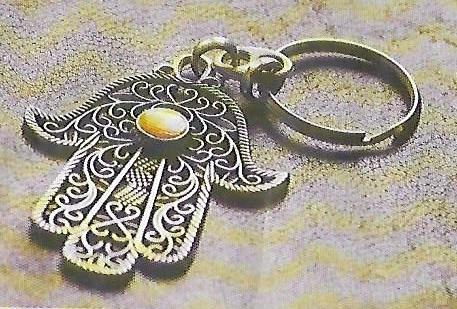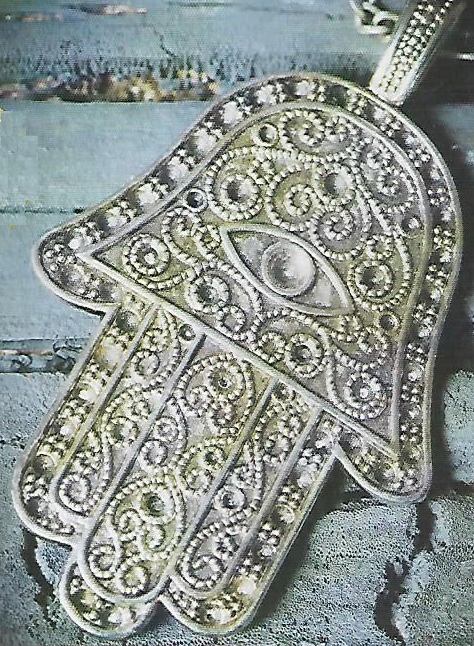A Hamsa

The Vilna Gaon explains that ayin hora is a thought which invokes the measure of judgment which always rests upon a person in the wake of his having merited something beneficial and merciful which he does not really deserve. When someone else thinks to himself: "Why did he gain that and not me?" this arouses a judgment against him whereby Heaven examines if the former was truly worthy of that favor. If, indeed, he is found unworthy, he is harmed and will lose out on the benefit.
The Chazon Ish explains the power of evil invested in the eye. "It is part of the secret makeup of Creation that through one's thoughts, a person can affect hidden factors in this world, and these can serve as a destructive power of even physical objects. When people question someone's state of success, they actually endanger it. In any case, all lies in the power of Heaven, and whatever was not decreed to be lost or harmed will be spared. But once something is decreed, nevertheless, a malevolent look at that thing can affect it harmfully.
Hamsa
The custom to hang a `Hamsa' (a five-fingered symbolic hand) has an ancient source. The Ben Ish Hai explains that in the beginning, Hashem's Name was written as a segula-charm from the Zohar which notes that if a person wears it, he is protected from all harm. But since one cannot wear this all the time because of its sanctity, that is with its full lettering, they sufficed with the letter `hey' on a kameya which would represent the Name in full but not in reality, and would still provide protection.
Nevertheless, the very letter also represented holiness and people were wary about entering unsuitable places with it. This made way for the symbolic five-fingered hand to signify the letter `hey'. The name `hamsa' is a translation of the number five — hamesh.

The Chida expands on this to prove that the letter `hey' is, in itself, a segula-charm against ayin hora as we find that when Esav asked Yaakov Ovinu who were those children which he presented before him, he replied, "These are the children with whom Hashem blessed your servant."
Why `the' emphasized? He could simply have said `children.' But Yaakov Ovinu feared Esav's evil eye and added the letter `hey' before mentioning his children to ward it off.
He also explains why, when Yosef presented his brothers before Pharaoh, he only took five to similarly avoid Pharaoh's ayin hora.




